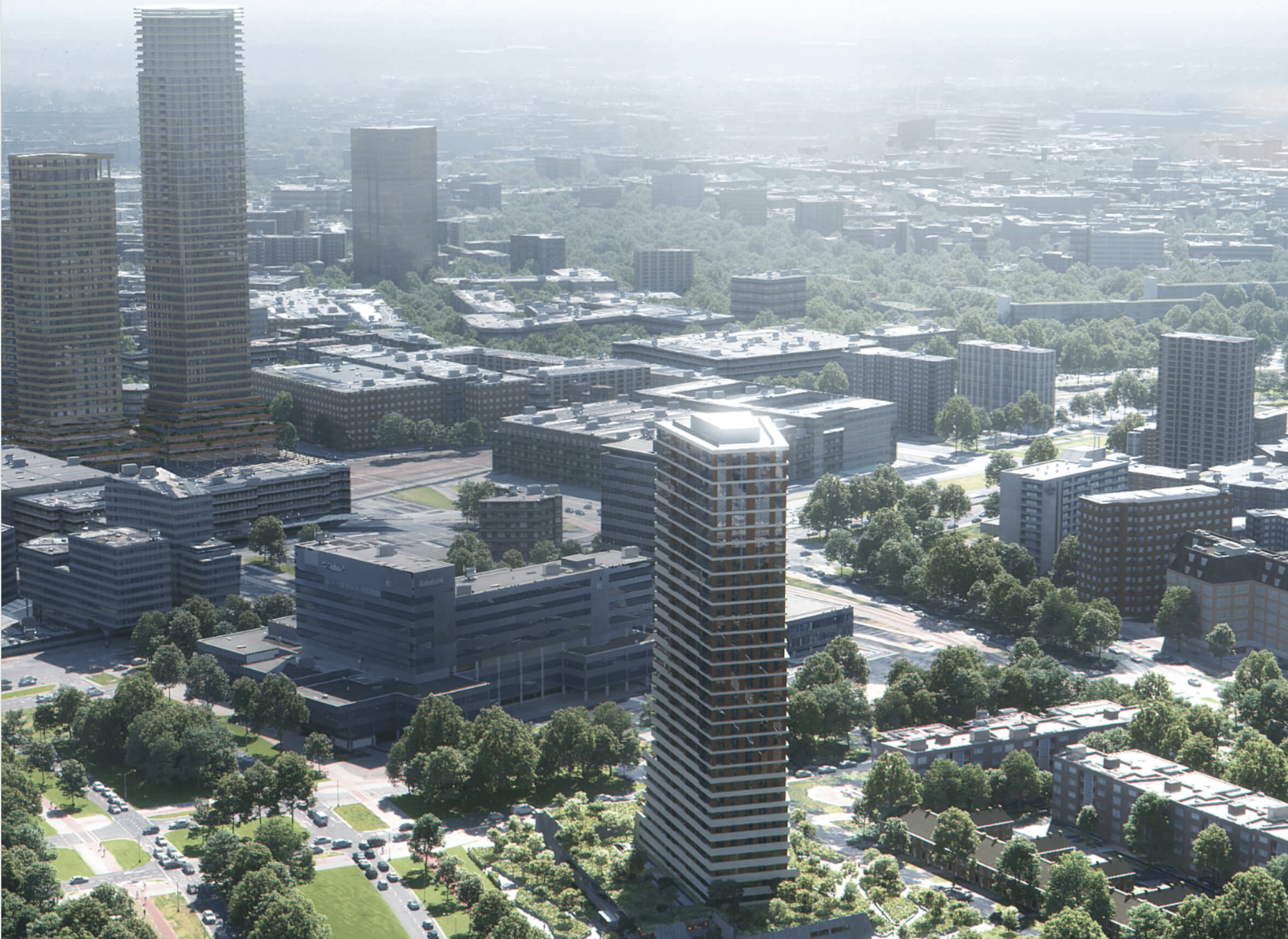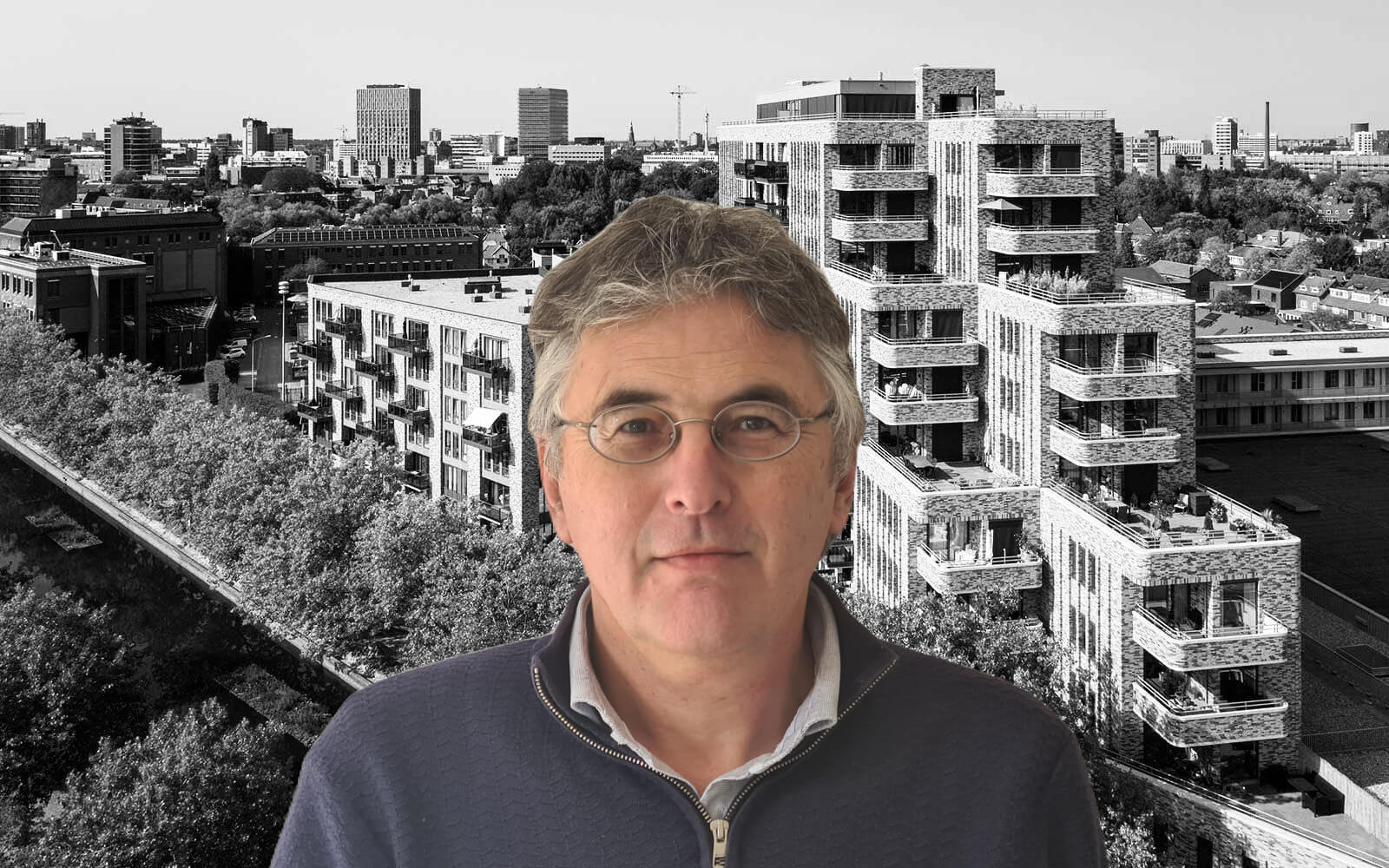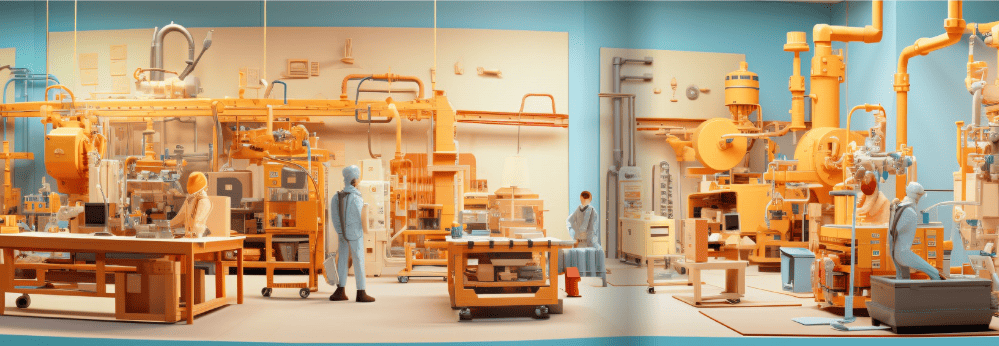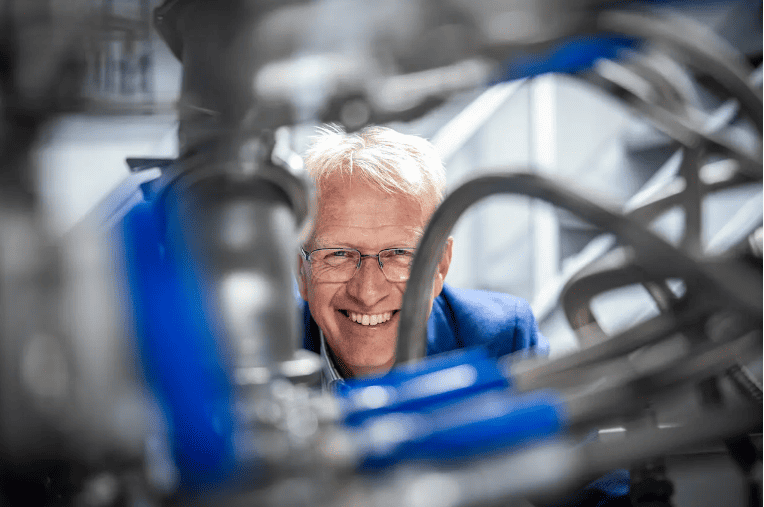
Over the past few years, the Netherlands has become the most urbanized of all 27 EU countries, the
PBL Netherlands Environmental Assessment Agency concluded last month. We use up as much as 10 hectares of rural land per day. PBL calls this ‘troubling’ and says the Netherlands faces a ‘substantial challenge.’ Not least because the European Commission wants to completely phase out urban sprawl in Europe within 30 years following the principle: No Net Land Take. This is to be enshrined in legal systems with the goal of keeping our soil and ecosystems healthy.
Putting a stop to urban sprawl is an excellent idea. After all, we need to move towards a livable degree of urbanization. The high-density urban centers that come with that are an indispensable part of a pluralistic solution to guide the inevitable growth of cities in the right direction.
Central cities
The Netherlands has already been heavily urbanized for 400 years, yet the development of livable, thriving urban areas is not a matter of course. In the few places where this is exists, we ought to be conscientious about them. Above all, we have to aim for more of them. Because this urban character is something very special. Something wonderful that is not simply handed to you on a plate as a country. In particular, central cities generate prosperity. Once they reach a certain scale, a 24-hour economy develops naturally, which can make extremely efficient use of the available urban infrastructure. Which generates all kinds of innovations and also acts as a formidable engine for jobs.
All of which leads to special, richly-replete and pleasurable living environments.
BunkerToren
One fine example is the recently completed BunkerToren in the largest developmental area of Eindhoven city center. The brutalist monument originally built by architectural giant Maaskant has been brushed clean by his modern-day counterpart Nanne de Ru who hails from the enterprising architecture firm PowerhouseCompagny. A 100m luxury residential tower has also been built on to it.
Hundreds of people from a globally operating Brainport company now work in the base. The former student bar is in use as a public brasserie and the complex is set in a magnificent garden designed by the equally enterprising landscape firm Delva.
What will the Netherlands look like in 2050? No one really knows. One thing is certain, Eindhoven will be a great place to live.








